A new, state-of-the-art thermal incinerator for the treatment of hazardous waste is under construction in Gum Springs, AR.
Beyond the transformational impact of the new incinerator, the Veolia Gum Springs project is setting a new industry standard for environmental performance and sustainability given Veolia’s unprecedented commitments to make the plant the most sustainable operation of its kind in the U.S.
The new incinerator will feature a customized rotational kiln with the most advanced technology for capturing heat to generate electricity.
Veolia is also moving forward with several other innovations designed to protect surrounding natural resources and support decarbonization strategies in carbon-intensive industries.
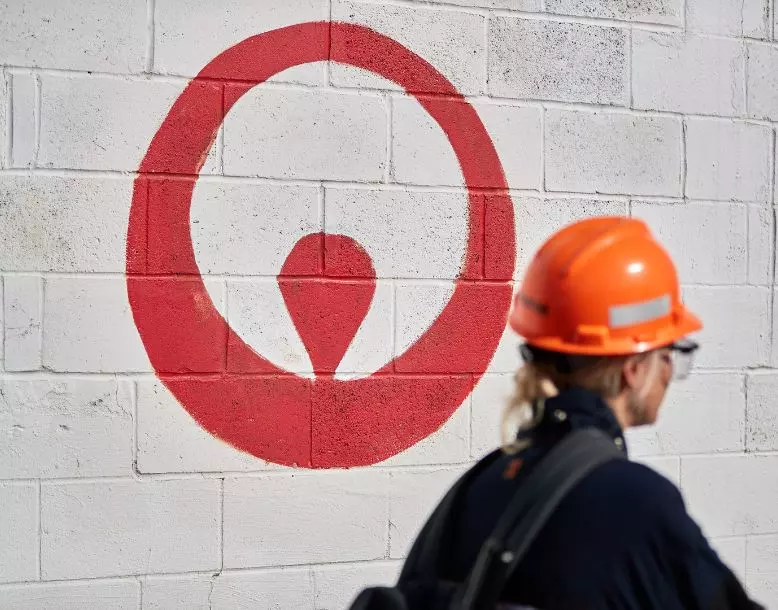
Continue below to dive deeper into each aspect of the transformation underway at Veolia Gum Springs.
Forest Management Project
A forest management project is being implemented on 1,000 acres surrounding the Gum Springs, Arkansas hazardous waste treatment facility, including 680 acres being set aside for reforestation. This initiative serves as a nature-based solution to mitigate a significant portion of Veolia North America's carbon emissions from air and rail business travel.
The first phase of reforestation, scheduled for early 2025, involves planting 110,000 trees, which represents 40% of the planned initiative. The 680-acre reforestation effort aims to achieve long-term carbon sequestration, enhance water quality, and foster biodiversity in the surrounding areas, while the overall 1,000-acre forest management project ensures the health and sustainability of the entire ecosystem.
The forest management project is being undertaken in collaboration with local Arkansas foresters who will provide crucial on-the-ground expertise. A third-party company, called EcoMetrics, will quantify and verify the social and environmental benefits of the initiative. Together, they will implement a comprehensive Monitoring & Verification Plan to account for the project's carbon sequestration on an annual basis.
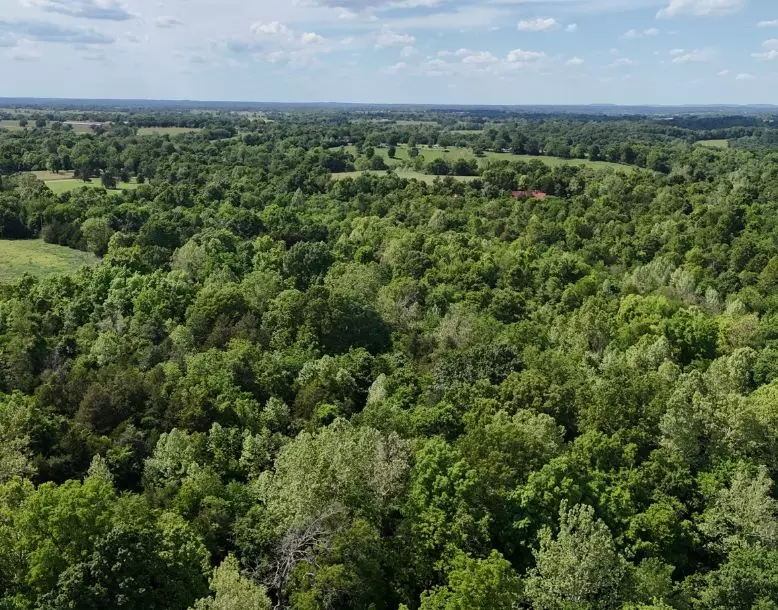
Environmental Benefits
Long term carbon sequestration
Water quality and quantity enhancement
Fostering biodiversity
Key Numbers:
Providing forest management on over 1,000 acres, with 680 acres dedicated to reforestation
Planting 110,000 trees for the first phase of the project in early 2025 on 256 acres, accounting for approximately 40% of the currently planned project.
Additional planting phases are anticipated for 285 acres in 2026 and 139 acres in 2027.
Estimated 3.5 t CO2e per acre per year sequestration rate
Solar Panel Installation
5 MW Solar Panel Field
A new 5 MW ac (alternating current) solar panel installation, completed in fall of 2024, also provides excess power to the regional grid during times of peak solar production.
This project is developed in partnership with the local Arkansas Solar Developer, Today’s Power Inc.
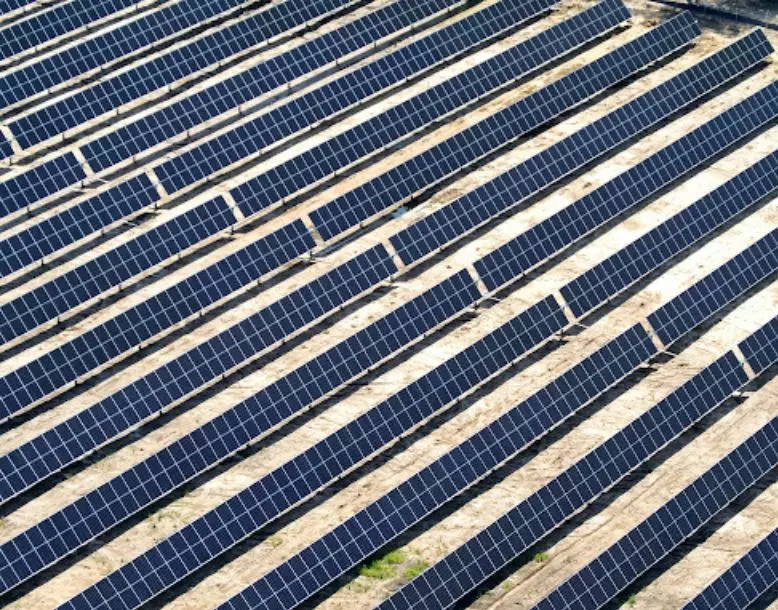
Environmental Benefits
Reduced greenhouse gas emissions
by generating electricity from photovoltaic panels, reducing reliance on conventional power sources.
Reduced air pollution
by utilizing solar energy instead of electricity from fossil fuel-burning power plants.
Increased energy independence and resilience
by reducing reliance on the external electricity grid.
Key Numbers:
system capacity
estimated production of the new plant's expected load
installed on 30 acres
CO2 savings are comparable to the annual energy use of 2,678 homes (Source: EPA)
Waste to Energy
7 MW Heat Recovery System
The Veolia Gum Springs facility will install a steam turbine generator that captures waste heat from the incinerator and converts it into electricity.
The new plant will capture waste heat from the incineration process to drive a steam turbine generator, producing electricity to cover about 70% of the new plant’s expected load, which will reduce GHG emissions by approximately 18.9 kt CO2/year.
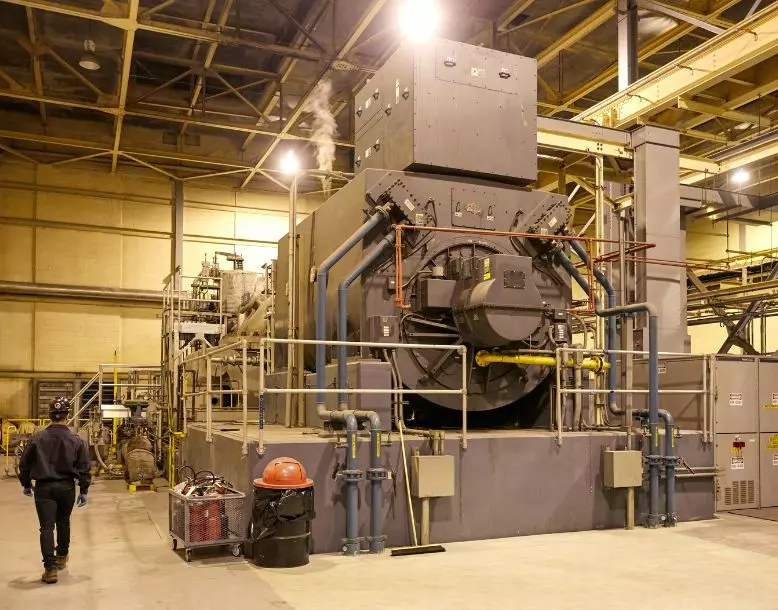
Environmental Benefits
Reduced greenhouse gas emissions
by utilizing waste heat for electricity generation.
Increased energy efficiency
by capturing and utilizing waste heat that would otherwise be released into the environment.
Key Numbers:
steam turbine generator capacity (nameplate)
CO2 savings are comparable to the annual energy use of 9,037 homes (Source: EPA)
Biodiversity Initiatives
The facility has made significant investments in advanced technology to monitor wildlife activity and biodiversity near the plant, ensuring a thriving ecosystem.
In partnership with the Paris-based National Museum of Natural History (MNHN), the plant is equipped with the innovative LEKO (Light Emission and Kinetic Observation) system, a cutting-edge biodiversity monitoring tool that utilizes sensors to listen, identify, and count the diversity of living species present in the surrounding environment.
In collaboration with Henderson State University and Ouachita Baptist University, the facility has established a Wildlife Team of students and professors. This team conducts comprehensive wildlife inventories through day walks and nocturnal surveys. Additionally, they assess light pollution levels and implement actions to mitigate its impact.

Environmental Benefits
Comprehensive biodiversity and ecosystem monitoring
via advanced technology like LEKO system.
University/wildlife team partnerships
promoting biodiversity conservation and habitat protection
Mitigating environmental impacts
like light pollution and migration barriers through targeted policies
New habitat and watershed improvements
via new forest management project planned for 2025 to add 110,000 trees
Key Numbers:
with wildlife through the LEKO system
contacted species identified by the LEKO system such as bats, birds, insects, frogs, mice
Scope 2 Carbon Emissions
Total on-site production should supply 90% of the new Veolia Gum Springs plant’s consumption for the projected 25-year life span of the solar panels.
By taking unprecedented steps to become more sustainable, the Veolia Gum Springs facility will be able to generate more than 90 percent of its electricity needs onsite.
This will be done through the addition of a 5 megawatt solar panel farm and the installation of a steam turbine for capturing heat for generating power.
Over the next 25 years, the result will be a 90 percent reduction in carbon emissions from electricity consumption compared to similar facilities consuming 100% of their electricity from the current Arkansas grid.
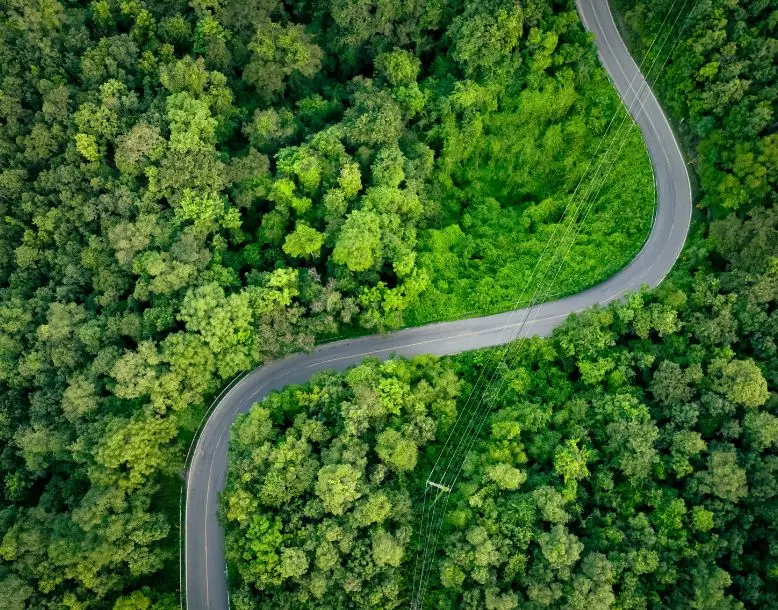
of the new plant's expected electric load supplied by solar panels
of the new plant's expected electric load supplied by the heat recovery system utilizing a steam turbine generator


